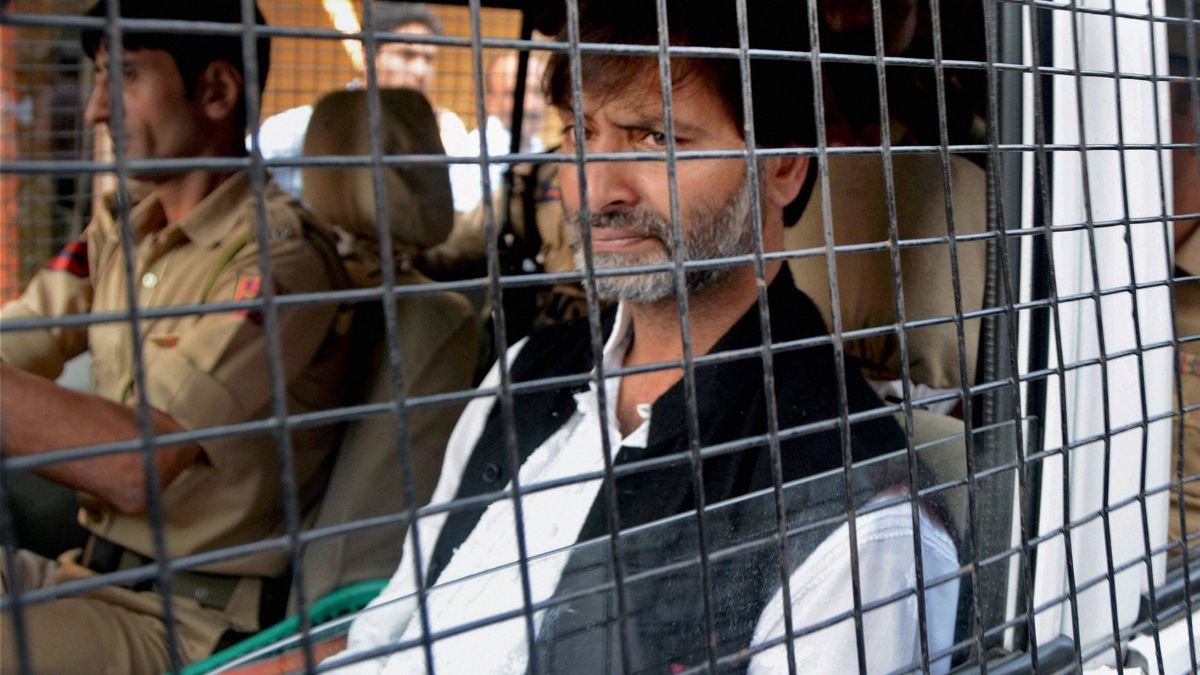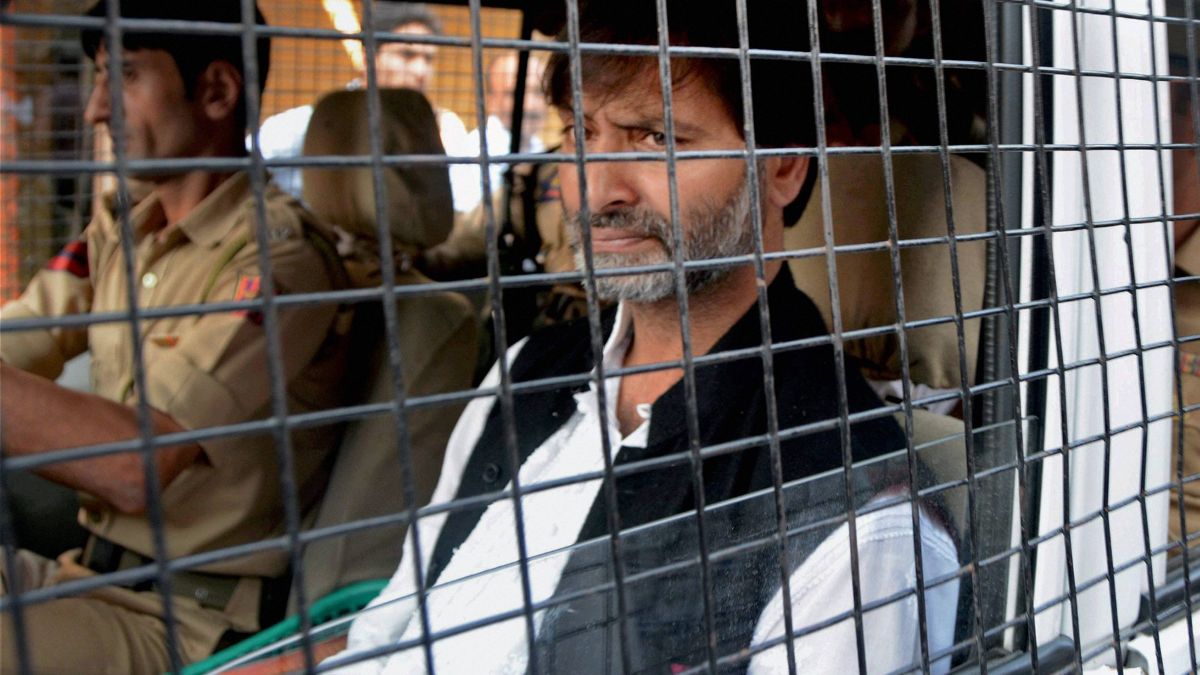The United States Department of Government Efficiency — known widely by its acronym Doge — was once positioned as one of the most disruptive undertakings of Donald Trump’s second term in office.
Established through an executive order signed the moment he resumed the presidency, the programme symbolised an attempt to radically compress, restructure and redirect the federal bureaucracy.
Nearly a year later, that mission appears to have reached an unceremonious end. Despite a charter scheduled to run until July 2026, Doge has now effectively dissolved, months ahead of schedule.
The picture emerging from officials and staff movements tells a story of a once high-visibility initiative that has quietly slipped into obscurity.
How Doge ended abruptly
Confirmation of Doge’s effective shutdown came not from a high-profile announcement, but through pointed remarks by a senior federal official. In comments to Reuters earlier this month, Office of Personnel Management (OPM) Director Scott Kupor said, “That doesn’t exist,” when asked about Doge’s current status.
He also noted that the department was no longer functioning as a “centralised entity.”
OPM has been serving as the federal government’s human resources arm, and Kupor explained that many of Doge’s responsibilities had gradually shifted into the agency’s domain.
Over time, this transfer became a signal that Doge was losing operational independence. While later attempting to clarify the tone of the Reuters report in a social media post, Kupor did not challenge its factual accuracy.
He wrote online that “Doge may not have centralised leadership… But, the principles of Doge remain alive and well,” adding that OPM and the Office of Management and Budget were positioned to “institutionalise” the structural changes Doge introduced.
Good editing by @reuters - spliced my full comments across paragraphs 2/3 to create a grabbing headline 🙂 The truth is: DOGE may not have centralized leadership under @USDS. But, the principles of DOGE remain alive and well: de-regulation; eliminating fraud, waste and abuse;…
— Scott Kupor (@skupor) November 23, 2025
The agency had been created with the explicit mandate of pursuing aggressive efficiency reforms. Its leaders, chief among them Elon Musk and former presidential candidate Vivek Ramaswamy, were entrusted with executing a sweeping reduction in federal spending, staff and programmes.
How Doge operated & why it was controversial
From its inception, Doge set out to reshape government operations with unprecedented speed and intensity.
Staff deployed across key agencies soon after Trump’s inauguration, often took up office space inside departments, directed budget cuts, and ordered dismissals of federal employees.
Musk defended the approach earlier in the year, declaring, “We are actually trying to be as transparent as possible… I don’t know of a case where an organisation has been more transparent than the Doge organisation.”
But numerous agencies and observers saw the situation differently. Reports circulated that Doge employees did not always identify themselves in meetings, withheld public disclosures of their decisions, and dispatched cost-cutting directives without agency consultation.
By spring this year, the scale of its actions had become clear. More than 200,000 federal workers were laid off outright, and approximately 75,000 accepted buyouts, according to figures attributed to Doge’s own documentation.
Although the department insisted these cuts saved “billions” in federal expenses, outside analysts repeatedly noted that the agency did not publish sufficient accounting for verification.
The US Agency for International Development (USAID), which had long played a pivotal global health role, was effectively shut down in July after Doge’s budget measures sliced deeply into its operations.
An internal memo projected a dramatic rise in global mortality. A separate analysis by epidemiologist Brooke Nichols estimated more than 600,000 excess deaths linked to the loss of services such as malaria prevention, vaccine distribution, and HIV/AIDS response efforts.
Across agencies, the consequences of Doge’s interventions were varied, but a consistent theme emerged: workloads grew, capacities shrank, and in many cases, programmes halted entirely.
US Social Security offices experienced severe claim processing delays, while federal grants and foreign assistance programmes were either frozen or discontinued.
A former Doge official described the internal uncertainty that followed the department’s apparent collapse, telling Politico in June, “Now, if somebody from Doge, or representing themselves from Doge, asked me to do something, I wouldn’t just blindly do it.”
What factors led to Doge closing
Doge’s instability became more visible in late spring and early summer. One turning point was the high-profile dispute between Trump and Musk over legislative priorities, including disagreements over Trump’s “One Big Beautiful Bill.”
Their conflict played out on social media and in public comments, exposing a growing rift between the president and the agency’s leading figure.
Musk’s contract as a special government employee allowed him only 130 days in the role, ending on May 30. His departure, expected yet still symbolic, marked the unofficial beginning of the end for Doge.
In the weeks surrounding his exit, Politico reported that Doge staff had “packed up their clothes and bedding” — an acknowledgment that many were living inside Doge’s headquarters — and sought new places to stay.
Trump himself also appeared to move on. Although he did not publicly declare Doge dissolved, he increasingly referred to the initiative in past tense statements.
Meanwhile, the hiring freeze he introduced at the start of his term — requiring strict limits on bringing new workers into agencies — ended quietly, without fanfare.
Kupor confirmed that the freeze no longer applied and that “There is no target around reductions” for federal staffing going forward.
How Doge’s record in savings is shaky at best
Publicly, Doge claimed large-scale fiscal achievements. At its peak, Musk set a goal of trimming $1 trillion from the federal deficit by the end of September 2025.
But when Musk left Washington, that target was far from fulfilled. Doge’s website still listed $214 billion in “savings,” though subsequent reports indicated those numbers had been inconsistently represented or overstated.
In several cases, cuts were reported without adequate disclosure or with disputed calculations.
The lack of detailed documentation made it impossible for independent financial experts to validate Doge’s assertions.
Even internally, some officials noted that estimating long-term savings is inherently complex, as layoffs and programme eliminations can trigger indirect costs or shift burdens elsewhere in the government.
Despite these complications, the White House defended the effort. In a statement to Reuters, spokesperson Liz Huston wrote, “President Trump was given a clear mandate to reduce waste, fraud and abuse across the federal government, and he continues to actively deliver on that commitment.”
Where former Doge employees went
As Doge’s visibility diminished, its personnel quietly transitioned into new positions throughout the federal government or newly created entities aligned with Trump’s priorities.
Among the most prominent shifts was Amy Gleason, who had served as Doge’s acting administrator, became an adviser to US Health and Human Services Secretary Robert F Kennedy Jr in March.
Zachary Terrell, a senior Doge figure involved in early health-system access operations, is now chief technology officer at the Department of Health and Human Services.
Rachel Riley, who similarly worked on health-related data access, moved into the role of chief of the Office of Naval Research.
Jeremy Lewin, who helped lead the dismantling of USAID, took a senior position in the State Department overseeing foreign assistance.
Scott Langmack, once Doge’s representative at the Department of Housing and Urban Development, began developing AI tools for federal regulatory review, according to his professional profile.
Perhaps the most visible appointment is that of Joe Gebbia, co-founder of Airbnb. First associated with Doge before moving to a new entity known as the National Design Studio, Gebbia now leads federal web design and visual improvement initiatives.
Trump’s directive tasked him with enhancing the “visual presentation” of government websites, and the design studio has already launched platforms spotlighting law enforcement recruitment in Washington, DC, as well as the administration’s drug pricing programme.
Other former Doge employees also found roles in state-level initiatives. States such as Idaho and Florida have begun creating their own versions of Doge-style efficiency offices, influenced by the original federal model.
What next for Doge
For supporters of government streamlining, Doge symbolised a long-overdue assault on bureaucracy. Musk even held up a chainsaw at the Conservative Political Action Conference, declaring, “This is the chainsaw for bureaucracy,” a theatrical representation of his ambitions.
For critics, however, Doge represented unchecked authority, abrupt disruptions, and long-lasting damage to public services both domestically and globally.
Though many aspects of Doge’s operations are no longer active, certain policies endure. Deregulation efforts continue under Trump’s White House budget office, which remains committed to identifying federal rules for elimination.
AI-driven regulatory review, in particular, has become an emerging focus area — one that was seeded during Doge’s tenure.
Meanwhile, Musk — despite distancing himself from day-to-day government operations — has made recent appearances in Washington, including at a dinner for Saudi Crown Prince Mohammed bin Salman.
With inputs from agencies


)

)
)
)
)
)
)
)
)



